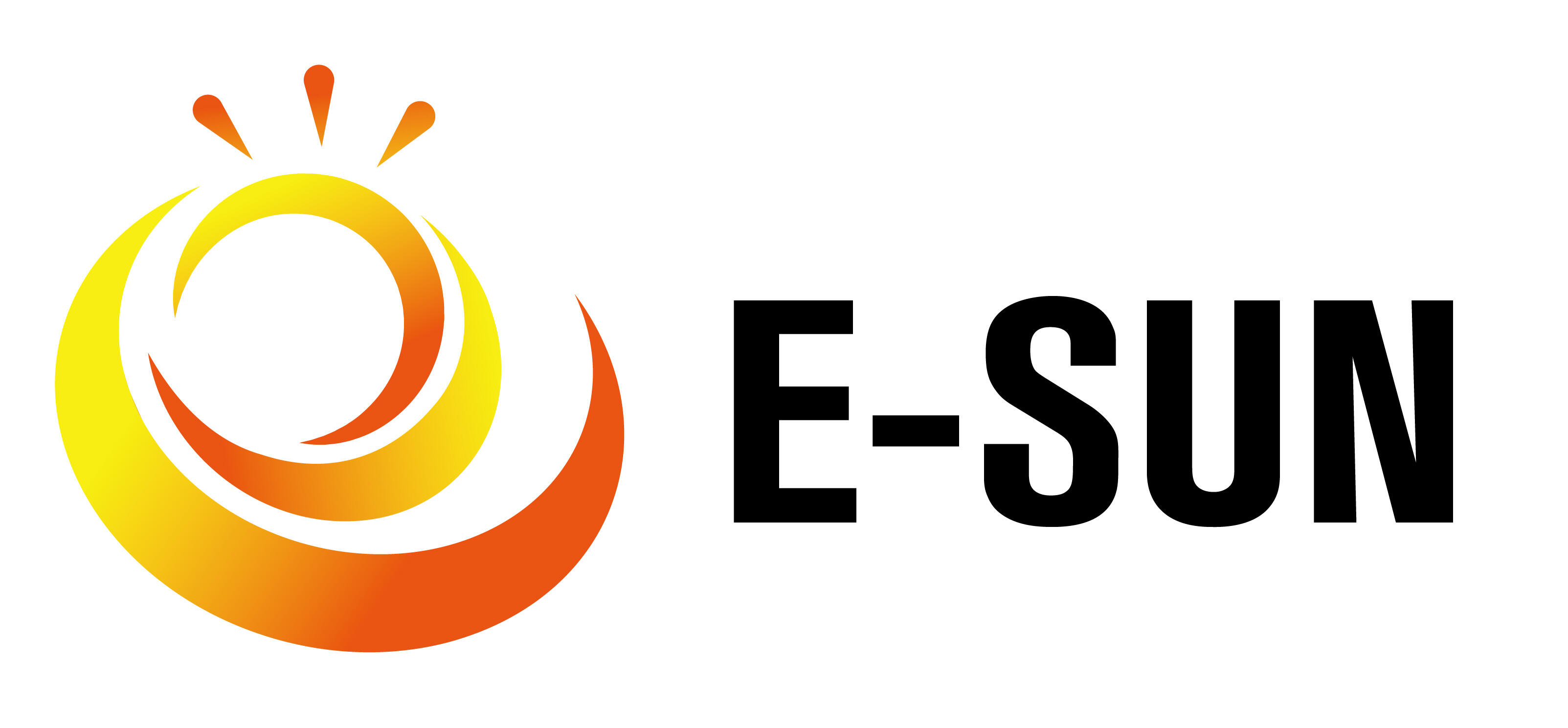The Future of Disposable Mops: Key Market Trends to Watch in 2025

As the global focus on hygiene, efficiency, and sustainability continues to grow, the disposable mop market is undergoing significant transformation. In 2025, several key trends are expected to shape the industry, offering new opportunities for manufacturers, distributors, and facility managers. From hospitals and cleanrooms to commercial cleaning services, the demand for high-performance disposable mops is on the rise. Here's what to expect in the year ahead.
1. Increased Demand for Infection Control Solutions
One of the primary drivers behind the growth of the disposable mop market is the heightened demand for infection prevention, especially in healthcare settings. Hospitals, clinics, and long-term care facilities are prioritizing cleaning products that reduce cross-contamination risks. Disposable microfiber mop pads, known for their high absorbency and ability to trap bacteria, are becoming the go-to choice over traditional reusable mops.
2. Rising Adoption in Cleanroom Environments
Cleanrooms used in pharmaceutical, biotech, and semiconductor industries require stringent contamination control. In 2025, more facilities are expected to switch to disposable mop solutions that are designed specifically for these sensitive areas. These mops are typically low-lint, nonwoven, and made from polyester or microfiber blends that meet ISO cleanroom standards.
3. Sustainability and Eco-Friendly Innovation
Although disposable products are often associated with waste, manufacturers are now focusing on eco-conscious materials and recycling programs. Biodegradable fibers, recyclable packaging, and reduced plastic use are gaining traction. In 2025, expect to see more environmentally responsible options that balance hygiene with sustainability.
4. Customization and Specialized Applications
As the cleaning industry evolves, one-size-fits-all products are becoming less appealing. Custom-sized disposable mop pads, color-coded options for zone cleaning, and pads tailored for specific floor types (such as vinyl, tile, or epoxy) are growing in popularity. Facilities want solutions that match their exact cleaning protocols to improve compliance and efficiency.
5. E-commerce and Direct-to-Consumer Growth
The digital shift continues to impact the cleaning supplies market. In 2025, more customers—from small businesses to cleaning contractors—are purchasing disposable mop products directly online. This trend is accelerating the need for SEO-optimized product listings, detailed product information, and fast delivery services.
6. Global Expansion and Emerging Markets
With hygiene awareness rising globally, especially in Asia-Pacific and Latin America, disposable mop manufacturers are expanding their reach. New regulatory standards and public health initiatives are opening up markets where reusable mops previously dominated. Companies that offer reliable supply chains and localized support will have a competitive advantage.
Conclusion
The disposable mop market in 2025 is set to grow rapidly, driven by innovation, safety concerns, and changing customer expectations. Whether it's a cleanroom-grade mop for a pharmaceutical lab or a color-coded pad for a hospital ward, the demand for efficient and hygienic disposable cleaning solutions shows no sign of slowing down. Companies that stay ahead of these trends will be well-positioned for success in the years to come.
